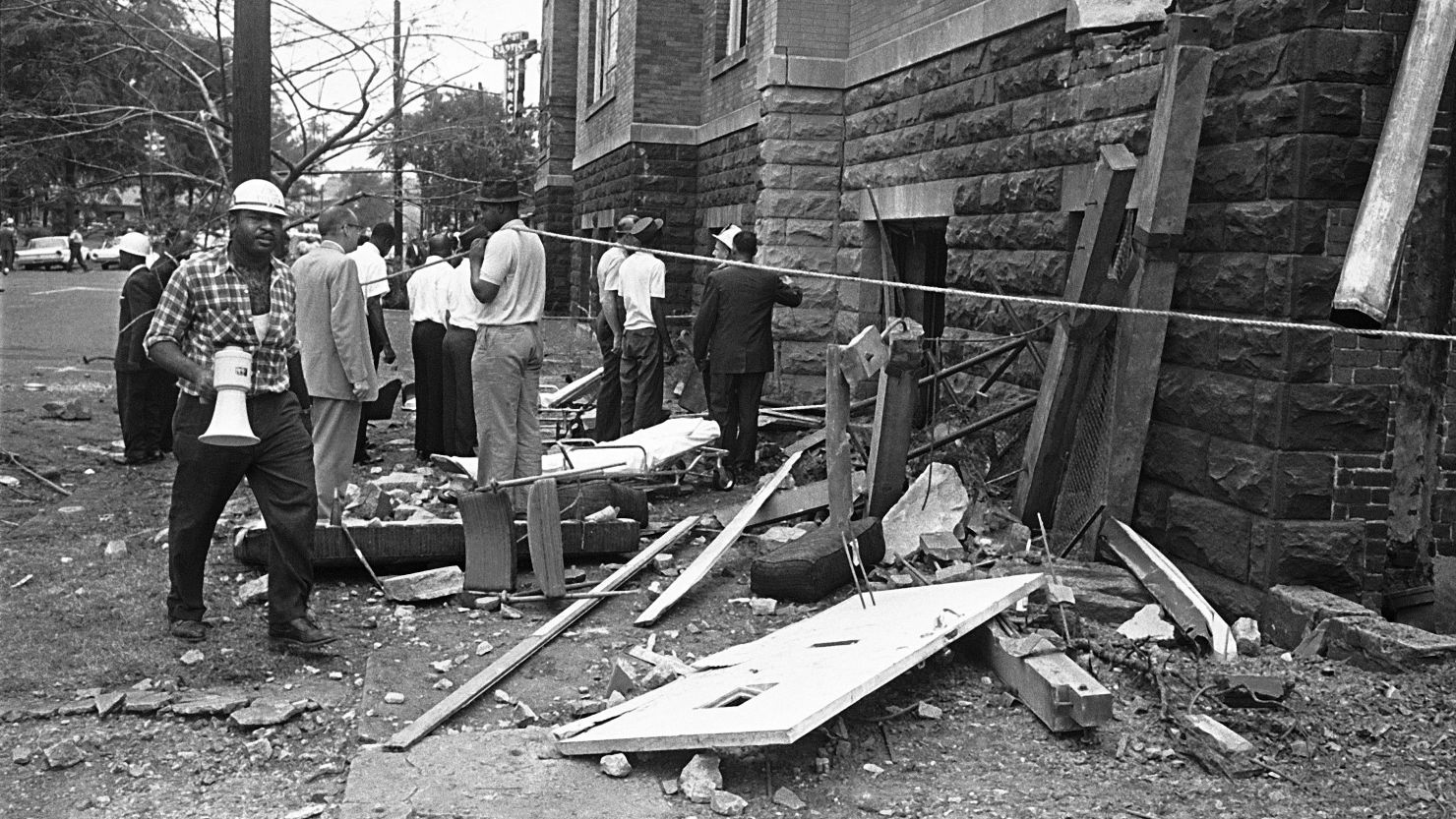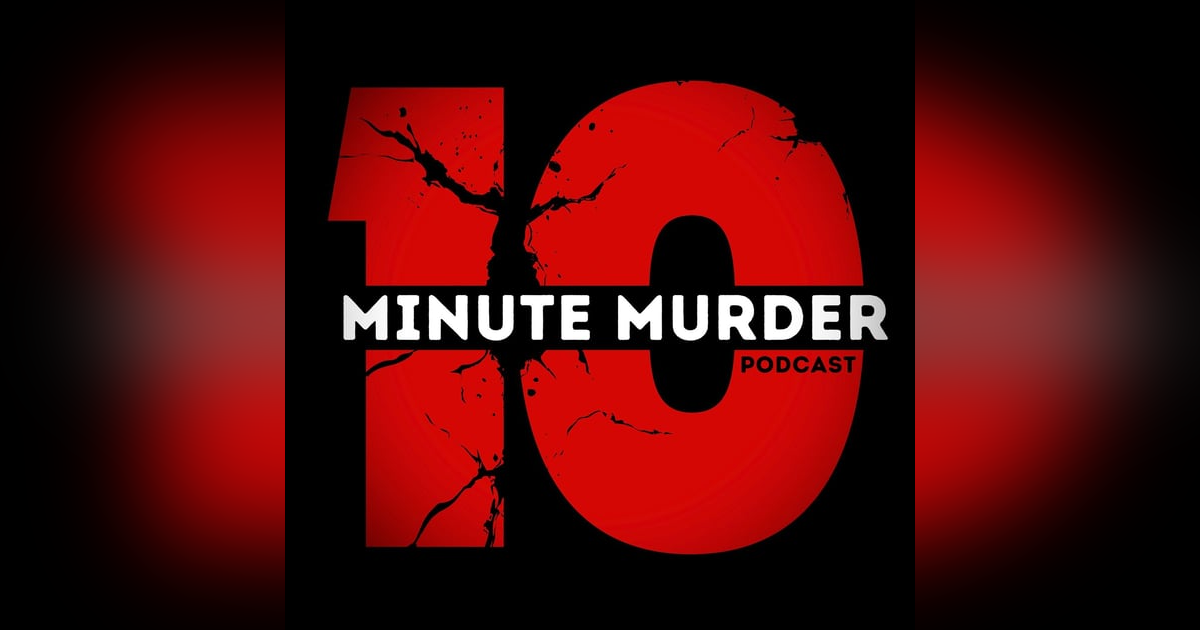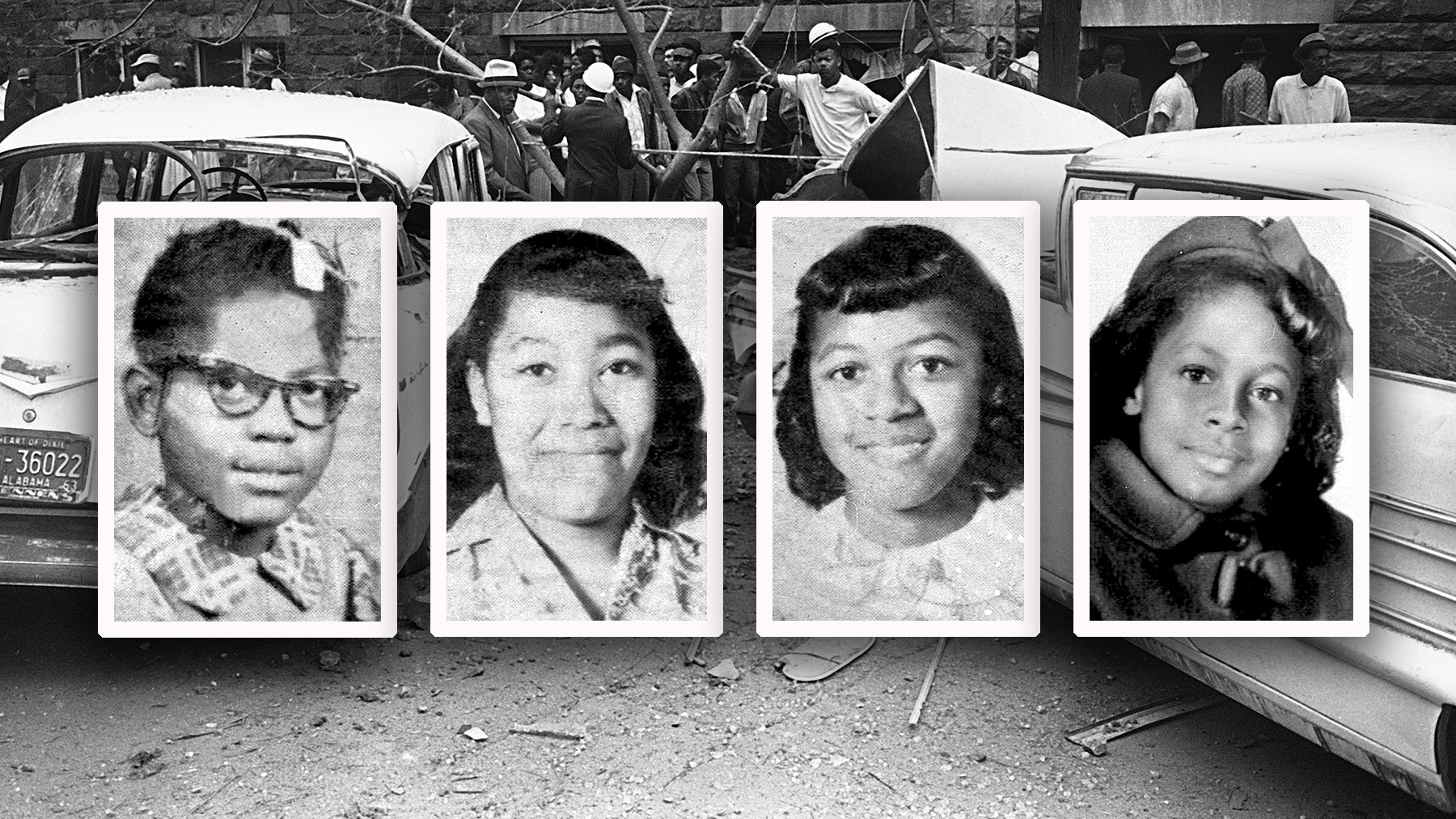The 16th Street Baptist Church Bombing: Four Girls Who Changed America Forever

You know how some September mornings feel different? Like there's something electric in the air that makes everything feel more important? September 15, 1963, started exactly like that in Birmingham, Alabama. Families were getting ready for church, kids were complaining about having to wear their good shoes, and parents were doing that thing where they lick their thumb to smooth down stubborn cowlicks.
Youth Day at 16th Street Baptist Church
At the 16th Street Baptist Church, excitement was buzzing through the congregation like when your favorite song comes on the radio. Today wasn't any ordinary Sunday. It was Youth Day, and more importantly, it was the first Sunday after school started where the kids would get to sit with the adults during the actual service. No more children's church in the basement. This was the big leagues.
Four girls were particularly thrilled about this milestone. Denise McNair, who was 11, was practically vibrating with excitement. She loved performing in plays and poetry readings, and today felt like her moment to shine. With her were three 14-year-olds: Addie Mae Collins, who had this amazing artistic streak and wasn't afraid to knock on doors in white neighborhoods to sell her mother's handmade aprons, Carole Robertson, and Cynthia Wesley.
But wait, there was actually a fifth girl in their little group. Sarah Collins, who was 12, had tagged along with her big sister Addie Mae. Sarah looked up to Addie Mae something fierce, the way younger siblings do when they think their older sibling hung the moon.
Getting Ready for the Big Moment
The girls had gathered in the ladies' room in the basement, doing what girls do before important moments. They were checking their hair, smoothing their dresses, and making sure they looked absolutely perfect. Addie Mae and Denise were in the church choir, while Carole and Cynthia had been chosen as ushers. You can picture it, right? That nervous energy mixed with pure joy, whispering and giggling while they primped.
These weren't random kids who happened to be at church that day. They were the heart of this community, the future that everyone was working so hard to protect and nurture. It was approaching 11 o'clock, almost time for the service to begin.
The Church That Became a Target
Now, here's something you need to understand about the 16th Street Baptist Church. This wasn't some small neighborhood chapel. This was THE church in downtown Birmingham's African American community. Big, beautiful, and impossible to ignore. The church had become something that probably made the congregation both proud and nervous at the same time.
See, by 1963, the church had evolved into the unofficial headquarters for Birmingham's civil rights movement. It was a key civil rights meeting place and had been a frequent target of bomb threats. When you needed to organize a march or hold a meeting about voter registration, this is where you went. When students as young as eight wanted to participate in protests, this is where they gathered first.
Birmingham had earned itself a nickname during this era, and it wasn't a good one. People called it "Bombingham" because explosions had become as common as Sunday dinner. The city was run by Eugene "Bull" Connor, who held the title of Commissioner of Public Safety but seemed more interested in maintaining the status quo than actually keeping anyone safe.
The Children's Crusade That Changed Everything
Earlier that spring, something remarkable had happened. Students from 16th Street Baptist Church had organized what became known as the Children's Crusade. Picture this: kids between eight and eighteen years old, dressed in their school clothes, walking peacefully toward city hall to ask the mayor about civil rights.
Bull Connor's response was about as mature as you'd expect from someone whose nickname was "Bull." He ordered the police to round up these peaceful student protesters and throw them in jail. When the community rallied to protest the treatment of their children, Connor escalated things further. He brought out fire hoses and attack dogs against people who were asking for basic human dignity.
The images from those protests traveled around the world, and the pressure became impossible to ignore. Birmingham finally agreed to desegregate. Black people could now eat in the same cafeterias, use the same bathrooms and water fountains, and work as salespeople in stores. Changes that seem absolutely basic now but were revolutionary then.
When Progress Sparked Violent Backlash
Not everyone celebrated these changes. The Ku Klux Klan had various factions, kind of like how different friend groups have different vibes. The Eastview Klavern #13 was the group that had broken away from the main Klan leadership because they thought the organization wasn't being violent enough. Let that sink in for a minute. They thought the KKK needed to be MORE extreme.
Members of the Klan had previously bombed Birmingham churches as a strategy to intimidate the Black community, and the Eastview Klavern had been behind hundreds of attacks in the months following the Children's Crusade. They were trying to terrorize people into giving up the fight for equality.
September 15, 1963: When Everything Changed
At 10:22 AM, instead of rising to begin prayers, the congregation was knocked to the ground. As a bomb exploded under the steps of the church, they sought safety under the pews and shielded each other from falling debris.
Someone had planted dynamite under the church stairs, and it detonated with devastating force. The violent blast ripped through the wall, killing four African-American girls on the other side and injuring more than 20 inside the church. In the basement, where the girls had been getting ready for their big day, the destruction was complete.
Sarah Collins later described calling her sister's name three times, but Addie Mae didn't answer. Sarah was the only one of the five girls to survive, though she was temporarily blinded and lost her right eye. Addie Mae Collins, Cynthia Wesley, and Carole Robertson, all 14, and 11-year-old Denise McNair were killed instantly.
A Nation's Awakening
Martin Luther King Jr. described it as "one of the most vicious and tragic crimes ever perpetrated against humanity." The bombing didn't terrorize the community into submission. Instead, it had the opposite effect. Over 8,000 people of all races attended the girls' funerals. The nation was horrified that children had been murdered for the crime of wanting to worship and participate in their community.
The Long Road to Justice
The FBI threw everything they had at the case. By 1965, they had narrowed it down to four suspects: Robert Chambliss, Bobby Frank Cherry, Herman Frank Cash, and Thomas Blanton Jr. All were members of the Eastview Klavern, and investigators knew they were guilty. The problem was proving it in court.
This was 1965, and evidence gathered through surveillance wasn't admissible in court yet. The Eastview Klavern's reputation for violence meant witnesses were terrified to come forward. The four men walked free, which had to feel like a second tragedy for the families.
Justice moved slowly, but it did move. Robert Chambliss was finally convicted in 1977 and sentenced to life in prison. As fear of the Klan's influence began to fade and times changed, more witnesses found the courage to speak up. During the 1990s, the FBI reopened the case.
Thomas Blanton Jr. and Bobby Frank Cherry were both found guilty and received life sentences. Cherry actually helped seal his own fate by bragging over the years that he had planted the bomb. Herman Frank Cash died in 1994 before he could face trial.
A Legacy That Endures
The bombing of 16th Street Baptist Church became a watershed moment in the civil rights movement. It showed the nation and the world the deadly consequences of racial hatred and galvanized support for civil rights legislation. The Civil Rights Act of 1964 was passed less than a year later.
Sarah Collins Rudolph, now in her seventies, continues to share her story. More than sixty years after that terrible Sunday morning, she reminds people that her sister and friends didn't die in vain. "The death of those young girls," she says, "really changed the world."
Four little girls got dressed in their Sunday best on September 15, 1963, expecting to experience their first grown-up church service. Instead, they became martyrs for a movement that would transform America. Their names—Denise McNair, Addie Mae Collins, Carole Robertson, and Cynthia Wesley—are now synonymous with courage, sacrifice, and the ongoing fight for justice.
The 16th Street Baptist Church still stands today, now a National Historic Landmark. Visitors come from around the world to remember four girls who wanted nothing more than to look their best for Youth Day and ended up changing history forever.





